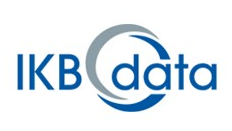Your secure data room with AI support
docurex® is the secure virtual data room for confidential documents with integrated AI support. Ideal for Due Diligence, M&A transactions and real estate management.
docurex® is the secure virtual data room for confidential documents with integrated AI support. Ideal for Due Diligence, M&A transactions and real estate management.
We offer maximum security and efficiency for your confidential documents.
Harness the power of AI to manage and analyze your documents more efficiently.
docurex® is used in various industries for different use cases.
Learn how docurex® supports companies in their transactions.





Test docurex® without obligation and discover how our AI-supported data room solution can optimize your processes.